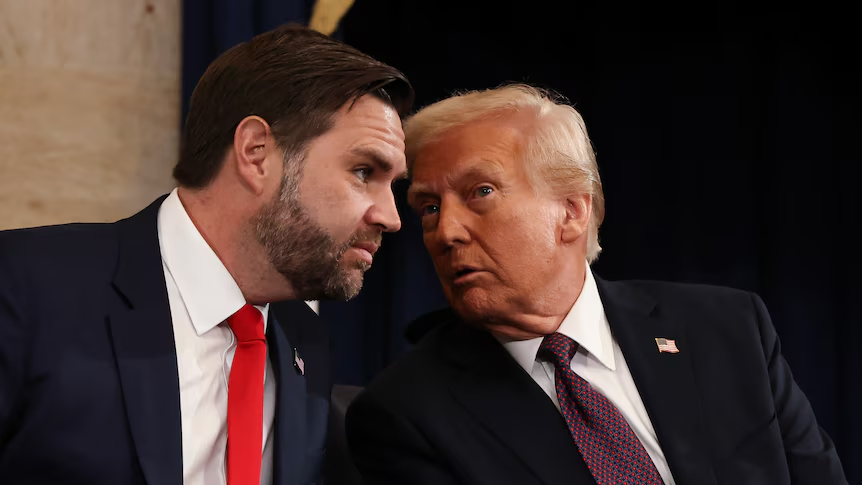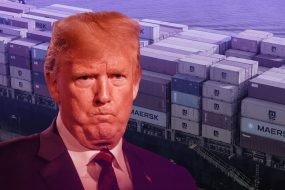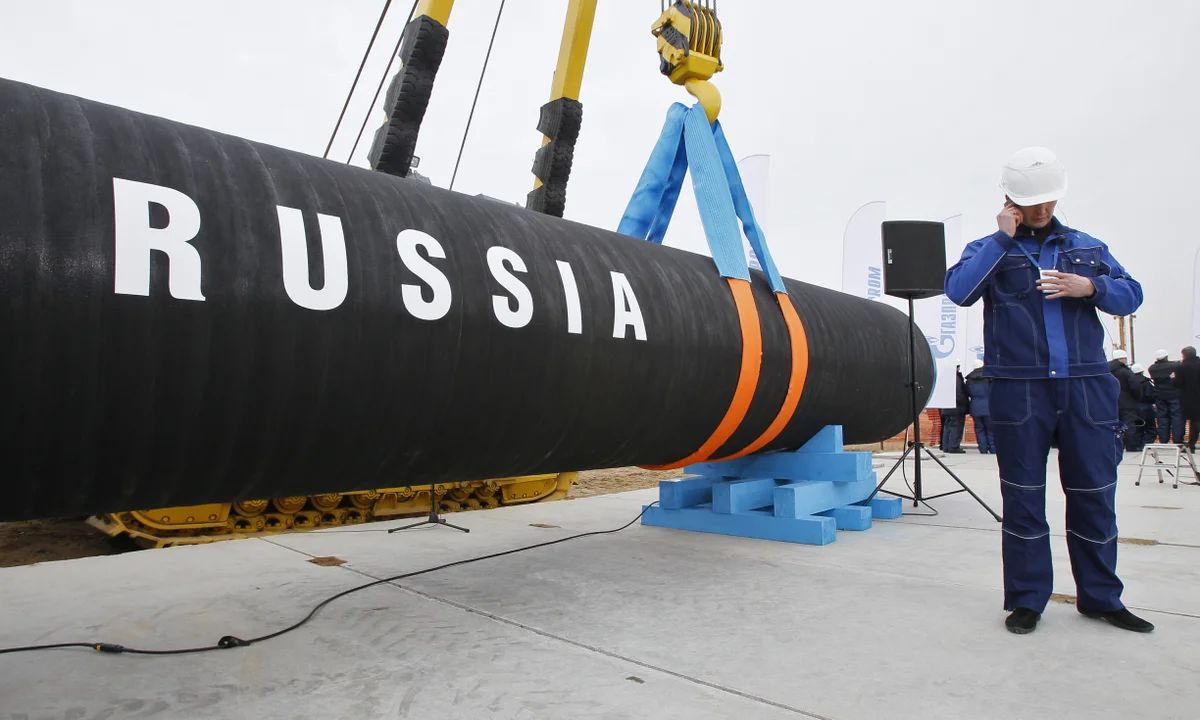
January 1, 2025, marked a seismic shift in Europe’s energy dynamics as Ukraine officially halted the transit of Russian natural gas to Europe. This move, rooted in national security concerns amidst ongoing tensions with Russia, has sent ripples across the continent. The question now looms: How will Europe adapt, and is there a path to restore this critical energy route?
A Historic Shift in European Energy
For decades, Europe depended on Russian natural gas as a cornerstone of its energy supply, with Russian imports once accounting for 40% of its total gas needs. However, recent geopolitical crises, including Russia’s invasion of Ukraine, have drastically reshaped this landscape. By 2023, Russian gas made up just 8% of Europe’s imports, reflecting an intentional pivot toward diversification.
Now, with Ukraine’s decision to end the transit agreement, countries like Slovakia, Austria, and Moldova find themselves scrambling to secure alternative supplies.
A Closer Look at the Fallout
Slovakia: Between a Rock and a Hard Place
As a former key transit hub for Russian gas entering Europe, Slovakia faces an uphill battle. Prime Minister Robert Fico has warned of rising energy costs and has hinted at possible retaliatory actions, such as halting electricity exports to Ukraine. For Slovakia, the end of this gas route is more than an economic challenge—it’s a strategic conundrum.
Austria: Turning to Alternatives
While Austria has been proactive in diversifying its energy portfolio, the abrupt halt still stings. The country must now lean more heavily on imports from Norway, LNG shipments, and other sources, which could come at a premium.
Moldova: Caught in the Crossfire
The breakaway region of Transnistria, reliant on Russian gas for electricity, is plunging into extended blackouts. Moldova’s government accuses Russia of leveraging energy as a political weapon and is urgently seeking new supply channels to mitigate the impact.
Europe’s Energy Playbook: Preparing for the Worst
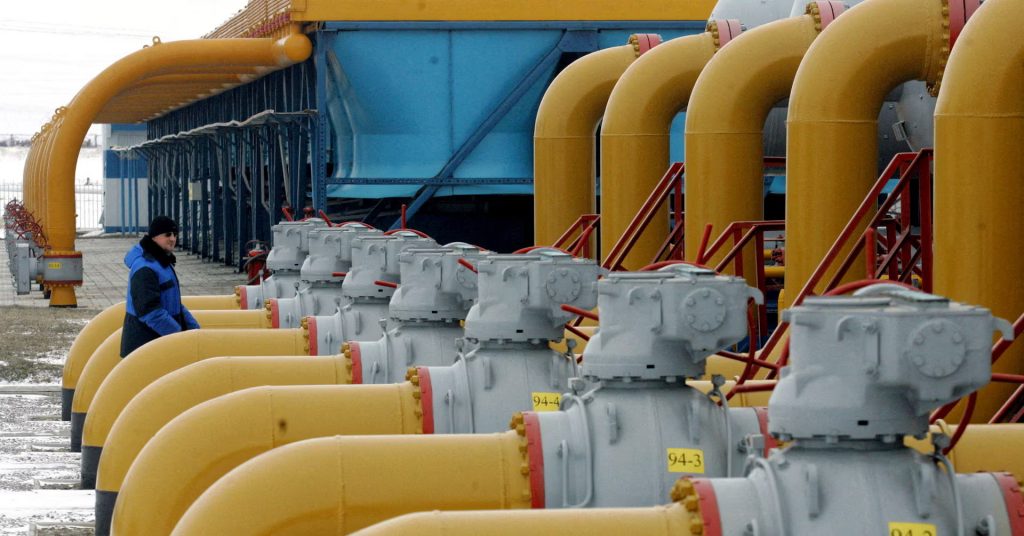
Anticipating this disruption, Europe has been shoring up its energy defenses. Here’s how:
- Boosting LNG Imports
LNG imports from the U.S., Qatar, and Norway have surged, providing a much-needed buffer against pipeline supply shocks. LNG now plays a starring role in Europe’s energy transition. - Upgrading Infrastructure
Investments in LNG terminals and pipeline interconnectors have enhanced Europe’s ability to distribute gas more flexibly. These advancements are proving crucial in this new era of uncertainty. - Filling Strategic Reserves
Europe entered 2025 with gas storage levels at a reassuring 85%, ensuring short-term stability even as the crisis unfolds.
Is a Solution on the Horizon?
The end of Russian gas transit via Ukraine is a complex puzzle, but potential solutions are on the table:
- Diplomatic Talks for a New Deal
Crafting a new transit agreement that balances Ukraine’s security concerns with Europe’s energy needs is theoretically possible but fraught with political and logistical hurdles.
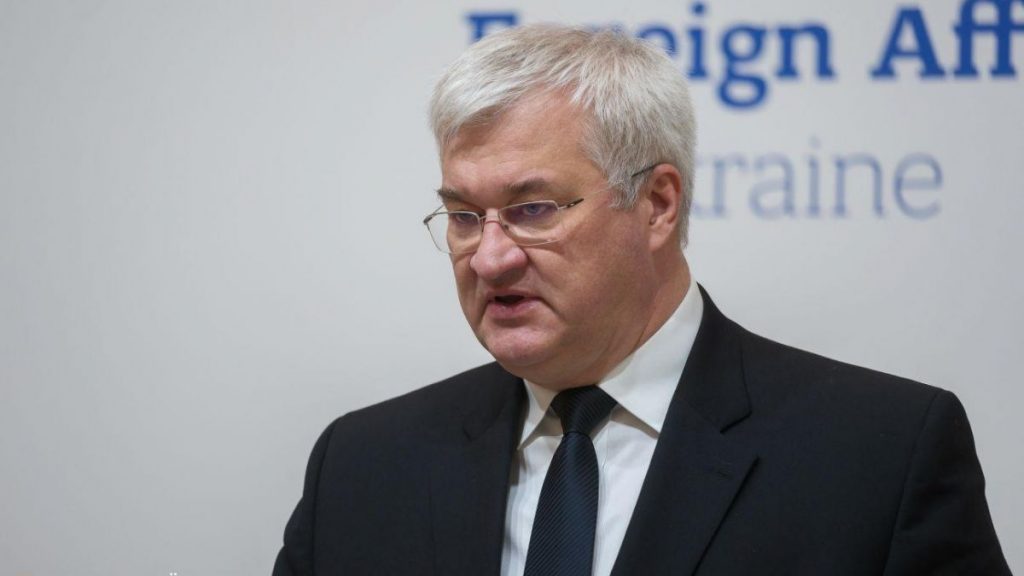
- Alternative Routes
Pipelines like the Trans-Balkan route could be repurposed to bring gas from non-Russian suppliers, but this requires substantial investment and regional cooperation. - Doubling Down on LNG
Expanding LNG infrastructure and securing long-term supply contracts can reduce Europe’s dependence on pipelines, turning this challenge into an opportunity for a greener, more secure energy future.
The Road Ahead
The halt in Russian gas transit through Ukraine is more than an energy issue—it’s a defining moment in Europe’s geopolitical and environmental journey. As nations grapple with higher costs and energy insecurity, the crisis underscores the urgency of a unified strategy.
For Europe, the future lies in resilience. Whether through diversifying supply lines, advancing renewable energy, or forging diplomatic breakthroughs, the continent has an opportunity to emerge stronger and more self-reliant. One thing is certain: the energy story of 2025 is only just beginning.




